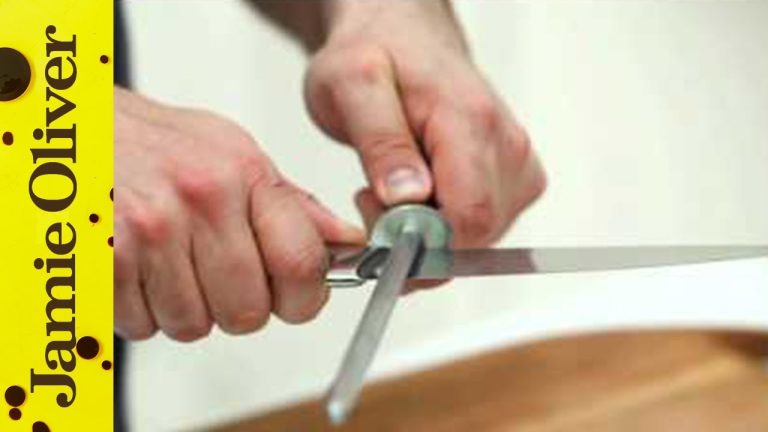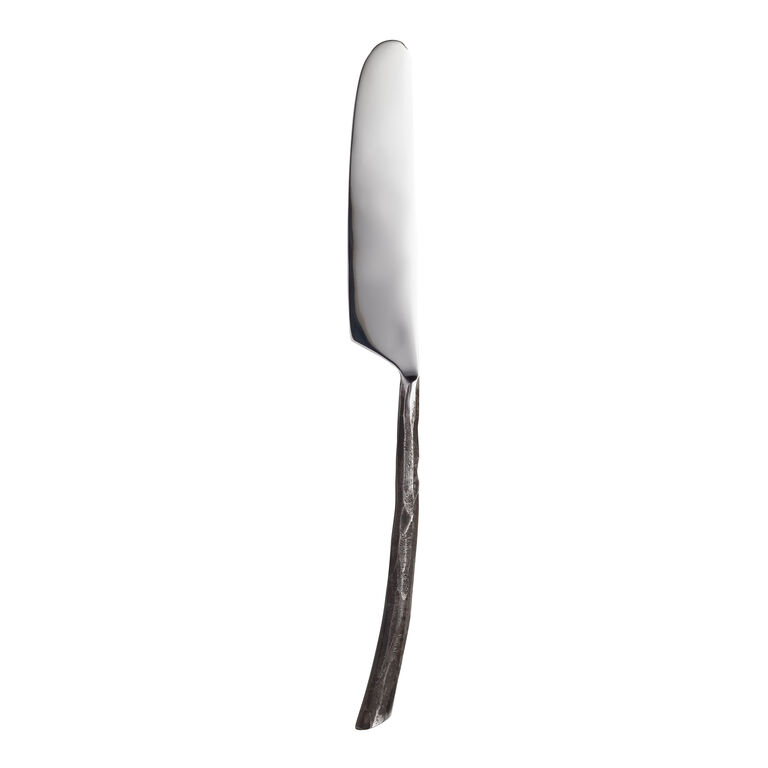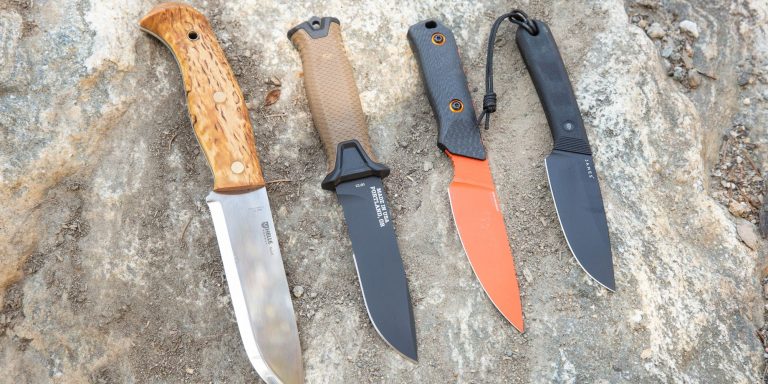Blade Locking Mechanisms for Kayak Knives
Blade locking mechanisms for kayak knives ensure secure and reliable blade deployment during use. A secure and reliable blade locking mechanism is essential for kayak knives as it ensures that the blade remains locked in place during use, preventing accidents or injuries.
A blade that is not properly locked can pose a significant risk, especially in water-based activities where stability and control are crucial. Therefore, choosing a kayak knife with a reliable blade locking mechanism is of utmost importance. There are various types of blade locking mechanisms available, each with its own advantages and disadvantages.
Understanding the different options and their features can help you make an informed decision when selecting a kayak knife that suits your specific needs and preferences. We will explore some of the common blade locking mechanisms used in kayak knives and discuss their benefits and drawbacks.
Different Types Of Blade Locking Mechanisms For Kayak Knives
Blade locking mechanisms are crucial for ensuring the safety and functionality of kayak knives. There are different types of blade locking mechanisms available in the market:
| Fixed Blade Locking Mechanism | Folding Blade Locking Mechanism | Liner Locking Mechanism |
|---|---|---|
| The fixed blade locking mechanism is a sturdy and reliable option. Once the blade is locked into place, it remains securely fixed for enhanced stability during kayaking activities. | Folding blade locking mechanisms provide convenience and portability. The mechanism allows the blade to fold into the handle, reducing the risk of accidental injuries and making it easier to carry. | Liner locking mechanisms use a liner inside the handle to lock the blade in place. This type of mechanism offers easy one-handed operation, making it ideal for quick and efficient blade deployment in kayak emergencies. |
Understanding the different blade locking mechanisms available can help you make an informed decision when choosing a kayak knife. Consider your specific needs and preferences before selecting the most suitable mechanism for your kayaking adventures.

Credit: www.outdoorgearlab.com
Fixed Blade Locking Mechanism
table { font-family: arial, sans-serif; border-collapse: collapse; width: 100%; }td, th { border: 1px solid #dddddd; text-align: left; padding: 8px; }tr:nth-child(even) { background-color: #dddddd; }Blade Locking Mechanisms for Kayak Knives
Definition of fixed blade locking mechanism
A fixed blade locking mechanism is a design feature in kayak knives that secures the blade in a fixed position.
Advantages and disadvantages of using a fixed blade locking mechanism
Advantages:
- Provides a stronger and more secure blade
- Allows for quick and easy deployment
- Minimizes the risk of accidental closure
- Less compact and may require a sheath for safe storage
- Can be more challenging to clean and maintain
Examples of kayak knives with fixed blade locking mechanism
| Kayak Knife | Fixed Blade Locking Mechanism |
|---|---|
| Knife A | Lock-back mechanism |
| Knife B | Frame lock mechanism |
| Knife C | Liner lock mechanism |
Folding Blade Locking Mechanism
A folding blade locking mechanism refers to the design of a kayak knife that allows the blade to be securely folded into the handle when not in use. This mechanism offers several advantages. Firstly, it provides convenience and portability, as the folded blade can easily fit into a pocket or a backpack. Secondly, it enhances safety by minimizing the risk of accidental cuts or injuries when the knife is not in use. Additionally, it prolongs the lifespan of the blade by protecting it from damage and corrosion. Moreover, there are various examples of kayak knives with folding blade locking mechanisms available in the market. These include brands like Gerber, Benchmade, and SOG, which offer high-quality knives with reliable locking mechanisms to ensure safe and efficient use by kayakers.
Liner Locking Mechanism
| Definition of Liner Locking Mechanism: |
| The liner locking mechanism is a common type of blade locking system used in kayak knives. It involves a spring-loaded metal liner that moves into position behind the blade, holding it securely in place while in use. This mechanism is activated by pushing the liner to the side, allowing the blade to fold back into the handle when not in use. |
| Advantages of Using a Liner Locking Mechanism: |
| The liner locking mechanism offers several advantages for kayak knives. Firstly, it provides a reliable and secure lock, ensuring that the blade remains firmly in place during use, even in challenging water conditions. Additionally, the mechanism allows for quick and easy one-handed operation, which is essential when navigating through rapids or performing other tasks requiring both hands. Furthermore, the design of the liner lock makes it less prone to accidental closures, providing peace of mind to kayak enthusiasts. |
| Disadvantages of Using a Liner Locking Mechanism: |
| While the liner locking mechanism offers numerous benefits, there are a few drawbacks to consider. One potential issue is that over time, the liner lock may experience wear, resulting in decreased effectiveness and a less secure blade lock. Additionally, the design of the liner lock can make it more challenging to clean and maintain compared to other locking mechanisms. It is crucial to regularly inspect and lubricate the liner lock to ensure optimal functionality. |
| Examples of Kayak Knives with Liner Locking Mechanism: |
| There are several kayak knife models available that utilize the liner locking mechanism. The XYZ Kayak Knife and ABC Adventure Knife are two popular options known for their robust liner locks. These knives feature durable materials, ergonomic handles, and blades designed for various cutting tasks encountered during kayaking adventures. It is recommended to choose a knife with a liner locking mechanism from a reputable brand to ensure reliability and performance. |
Factors To Consider When Choosing A Blade Locking Mechanism For A Kayak Knife
When choosing a blade locking mechanism for a kayak knife, there are several important factors to consider. First and foremost is blade security and stability. The locking mechanism should securely hold the blade in place to prevent accidental openings or closings. Additionally, ease of deployment and retraction is crucial for quick and efficient use of the knife in emergency situations.
Maintenance and durability are also key considerations. The locking mechanism should be easy to clean and maintain, and it should be built to withstand the harsh marine environment. Size and weight play a role in overall functionality and portability of the knife.
Ergonomics and grip are vital for comfortable and secure handling of the knife. Look for a locking mechanism that offers a firm and comfortable grip, ensuring maximum control and safety. Legal restrictions should also be taken into account, as some jurisdictions may have specific regulations on blade locking mechanisms.
Finally, budget considerations are important for many buyers. Evaluate the cost-effectiveness of the different options available and choose a blade locking mechanism that fits within your budget.
How To Properly Maintain And Care For Blade Locking Mechanisms In Kayak Knives
Proper maintenance and care of blade locking mechanisms in kayak knives are essential for their longevity and reliable performance. Regular cleaning and lubrication play a crucial role in ensuring smooth operation. Clean the locking mechanism with a mild detergent and warm water, then dry thoroughly to prevent rust and corrosion.
Inspecting for wear and tear is also important. Check for any signs of damage or excessive wear on the locking components. If any parts are worn out, they should be replaced promptly to maintain the knife’s functionality.
Storing the knife properly is another consideration. Avoid keeping it in damp or humid environments as this can lead to corrosion. Ideally, store the knife in a dry area and consider using a sheath or a protective cover.
Consulting the manufacturer’s guidelines is essential as different knives may have specific maintenance requirements. Follow the instructions provided by the manufacturer for proper cleaning, lubrication, and storage methods.
By following these guidelines, you can ensure the blade locking mechanisms in your kayak knife remain in optimal condition for safe and effective use.
Regular Cleaning And Lubrication
Proper maintenance of your kayak knife’s blade locking mechanism is crucial for safe and efficient use. Regular cleaning and lubrication are key steps in ensuring its longevity and functionality.
Choosing the Right Cleaning Products
When it comes to cleaning your knife’s locking mechanism, it’s important to use the right products. Avoid harsh chemicals that could damage the mechanism. Instead, opt for mild soap and warm water for a gentle yet effective clean.
Step-by-Step Cleaning Process
- First, disassemble the knife to access the locking mechanism.
- Next, use a soft brush or toothbrush to remove any dirt or debris.
- Gently clean the individual components with mild soap and warm water.
- Rinse thoroughly and allow them to air dry.
- Inspect each part for any signs of wear or damage, and replace as needed.
- Finally, reassemble the knife carefully, ensuring the locking mechanism is properly aligned.
Lubricating the Locking Mechanism
After cleaning, it’s essential to lubricate the locking mechanism for smooth operation. Apply a small amount of lubricant, such as oil or silicone grease, to the moving parts. Be sure to distribute it evenly while avoiding excess buildup.
Tips for Maintaining Blade Sharpness
- Regularly sharpen the blade to maintain its cutting efficiency.
- Store the knife properly in a dry and protected environment.
- Avoid using the knife in harsh conditions or for tasks beyond its capabilities.
- Inspect the blade regularly for any signs of damage or wear.
By following these cleaning, lubrication, and maintenance practices, you can ensure that your kayak knife’s blade locking mechanism remains in top-notch condition, maximizing its performance and lifespan.
Inspecting For Wear And Tear
Inspecting for wear and tear is crucial in maintaining the performance and safety of your kayak knife’s blade locking mechanism. Look out for signs of wear such as loose or wobbly blades, difficulty in opening or closing the knife, or any visible damage to the locking mechanism.
Common issues to be vigilant about include rust or corrosion on the locking mechanism, bent or broken parts, or excessive play in the lock. These issues could compromise the functionality and security of the blade locking mechanism.
If you come across any signs of wear and tear, it’s important to address them promptly. Consider repairing or replacing the damaged locking mechanisms to ensure the knife operates smoothly and securely during your kayaking adventures.
Safety Tips For Using Kayak Knives With Blade Locking Mechanisms
Proper handling and grip techniques play a crucial role in ensuring the safe use of kayak knives with blade locking mechanisms. Before using the knife, it is important to familiarize yourself with its grip and how it feels in your hand. This will help you maintain control and prevent accidental slips.
Ensuring that the blade is securely locked is essential for your safety. Before using the knife, make sure that the blade is fully extended and locked in place. This will prevent the blade from accidentally closing while in use, reducing the risk of injuries.
Safe storage and accessibility are also important considerations. When not in use, store the knife in a secure sheath or holder. This will protect the blade and minimize the chance of accidental cuts. Additionally, make sure the knife is easily accessible and within reach in case of emergencies.
Avoiding common accidents and injuries requires proper training and practice. Take the time to learn how to handle the knife safely and effectively. Seek professional training if needed and practice using the knife in controlled environments to build confidence and enhance your skills.
By following these safety tips, you can enjoy the benefits of a kayak knife with blade locking mechanisms while minimizing the risk of accidents and injuries.
Conclusion
Choosing the right blade locking mechanism for your kayak knife is crucial for both safety and functionality. Whether you opt for a traditional lockback design, a liner lock, or a frame lock, each mechanism offers its own benefits and considerations.
Remember to consider factors such as ease of use, strength and durability, and convenience when making your decision. Additionally, it is important to properly maintain and care for your knife, regularly checking the locking mechanism for any signs of wear or damage.
By understanding the different blade locking mechanisms and selecting the one that best fits your needs, you can ensure a reliable and efficient tool that will enhance your kayaking experience. Happy paddling!






